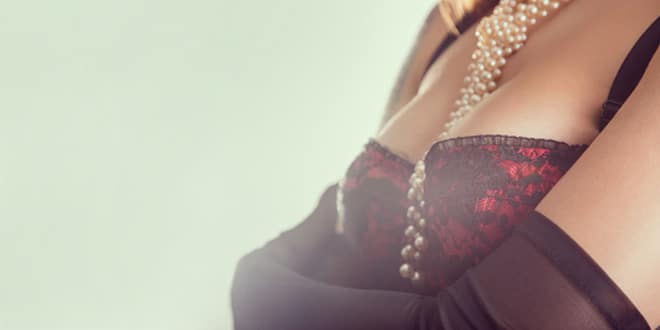How could I hide 20 feet of rope underneath my ball gown? That was my mission for the day, a typical task for a burlesque dancer by night, Domme by, well, later in the night.
My goal: The element of surprise.
I wanted to do something completely different, something to challenge the definition of a burlesque dancer and also the definition of sexy. I opted for a twisted circus scene. And as the ringleader, I would transform from an elegant black-and-white formal dress into a shiny full latex outfit, complete with a full set of ropes, whips, chains and a torture chair – via magic.
The challenge made me laugh.
This would be trickier than simply unsnapping a bra and shimmying it off. Magic was not inherently sexy (how had it disintegrated into something so cheesy?), but it did twist the audience’s mind. And to me, that felt a lot like an S&M scene, without ever lifting a switch.
Ultimately, I hoped the element of surprise – such as pulling an impossibly long rope out of my crotch – would throw the audience’s minds enough off balance enough to let a few new ideas sneak in. To challenge their perceptions of sexuality, sensuality, power and women.
After all, that was the purpose of burlesque. Its roots.
Original burlesque shows were uncomfortable, outrageous, unheard of, surprising. They pushed the boundaries and challenged perceptions, and contributed to a more sexually evolved society. Boobies changed our brains.
Then came the neo-burlesque movement, bubbling up in the ’90s but fully coming to form as a modern trend in the past decade. In the same bed came the Suicide Girls, who made the unusual, the tattooed, the altered, the nerdy and the freaks among us sex symbols. Contortionists with thick glasses and black pigtails took the place of tan, busty, blond bombshells. The hunger with which this alternative sex scene was consumed showed a society bored by the predictable and ready to grow.
But the modern burlesque scene came with an unsettling sense of entitlement, too. A cheap platform for self-indulgence, instead of only talented artists pouring their hearts and minds onto the stage to truly help the dance evolve. With YouTube “fame” and trendy burlesque classes popping up trying to capitalize off the interest, the truly talented dancers became almost lost in the mess.
On one hand, there were the gals who used the word “burlesque” as an excuse to get naked and demand that everyone find them sexy, as if the word ‘sexy’ itself excused poor taste and blatant sexual flaunting for flaunting’s sake only. They espoused an attitude of, “If you don’t think I’m sexy, something is wrong with you,” instead of approaching attraction from a deeper level, stirring connection from the inside-out.
This only served to limit ideas of beauty instead of expand them.
I much preferred the idea of slowly and uncomfortably stretching the mind to include more people, more expressions and more options of sexual connection.
How about: There’s no such thing as a “real” woman. Or man. It’s all a game. We are all both. We are all dualities, and one awesome purpose of our sexuality is to give us a container in which to play with those dimensions of our identity that greater society doesn’t have space for. Yet.
Sex-sparked evolution. After all, sex has always served to further our race.
I began admiring the groundbreakers: the erotic dance shows with social and psychosocial undertones, the drag-king burlesque dancers, the dancers who make you forget everything you think you understand about sexuality and society’s limitations of seeming contradictions — even if just for one three-minute show.
Ah, that was neo-burlesque.
The core difference: It was about the audience. Not about the performer.
Which brought me back to my rope. And what it could do to the audience’s mind. This show was about how I could use my body to get inside their heads. Their thoughts were the star. The mind is the most sensitive and important sex organ, as the saying goes.
And it was overdue time for a rough, dirty, group mind-fuck.

